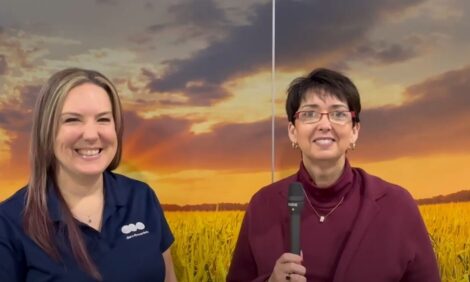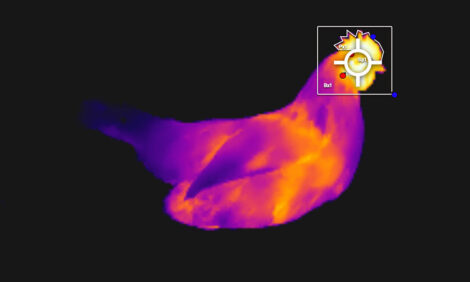



Broiler Production: Soil and Water Quality Farm Assessment System
By Dr. Mike Lacy, Associate Professor and Dr. Larry Vest, Associate Professor, Poultry Science Department, University of Georgia - This report provides an outline for self-assessing broiler farm operational practices in relation to soil and water quality.Why Should I Be Concerned?
Farmers are concerned about soil and water quality and want to ensure that their land is protected for
future generations. Broilers are Georgia’s largest single agricultural commodity and some of the nutrients in
broiler litter, carcasses and dead bird compost may impact ground water. To maintain soil and water quality, it
is essential to properly utilize waste materials.
On the average, manure from a typical broiler house should be applied to no less than 35 to 40 acres of
crop or pasture land in two applications per year. Exceeding that amount can increase the risk of nitrates
affecting the ground water. The manner in which litter is stored and applied to land can make a difference in the
litter’s value as a fertilizer and whether farm water sources are threatened or not.
How Does This Assessment Help Protect Drinking Water and the Environment?
This assessment allows you to evaluate the environmental soundness of your farm and operational practices relating to your broiler production practices.
The assessment uses your answers (rankings) to identify practices at risk that my need to be modified to prevent pollution.
The broiler production facts gives an overview of sound environmental practices that may be used to prevent pollution caused directly by broiler production practices.
You are encouraged to develop an action plan based on your needs as identified by the assessment.
Farm *A*Syst is a voluntary program.
It is recommended that you involve your broiler company in this farm assessment. Your company has recommendations on dead bird disposal and litter clean out pertienent to this process.
Do not make any management changes based on this assessment that may affect your birds without consulting your flock supervisor.
You are encouraged to work through the entire document and use all eight areas when completing the assessment.
The assessment should be conducted by you for your use. If needed, a professional from the Georgia Cooperative Extension Service or one of the other partnership organizations can provide assistance in completing the assessment.
No information from this assessment needs to leave your farm.
Source: University of Georgia - Poultry Science - January 2004









